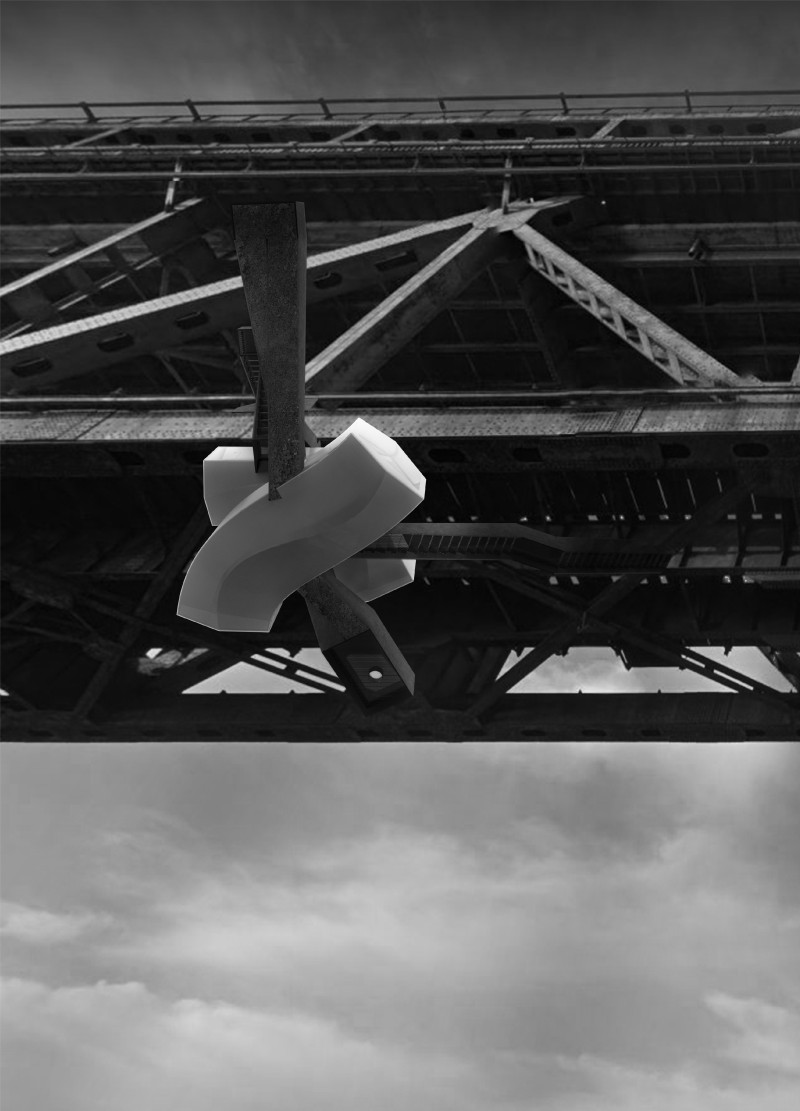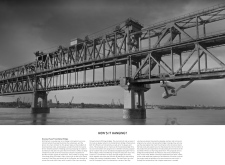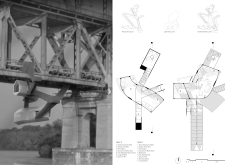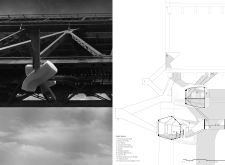5 key facts about this project
The Giurgiu-Ruse Friendship Bridge connects two important points along the EuroVelo 6 cycling route, right where the Danube River flows. It stands out for its design that prioritizes the natural landscape, focusing on blending in rather than overpowering. This project enhances the cycling experience by offering functional spaces while keeping its ecological footprint small.
Conceptual Framework
The design changes the usual relationship between a building and its site. Instead of architecture dominating the area, the natural landscape influences the structure. This approach invites a close interaction between people and their environment, allowing the surroundings to shape the experience of those who use the bridge.
Functional Integration
Utilizing existing bridge structures, new programs are added without disrupting the landscape. The design addresses the needs of cyclists, aiming to provide comfortable sleeping quarters, sanitary facilities, and communal areas. These spaces are thoughtfully organized within tent-like forms that allow for socialization while also offering areas for quiet retreat.
Materiality and Structure
The main support of the bridge is steel, forming a series of stairs for vertical movement. This sturdy material contrasts with the lightweight fabric used in the tent-like areas, creating an atmosphere that feels open and welcoming. As visitors approach the bridge, they see only the entrances, which sparks curiosity about what lies inside while maintaining a sense of security.
Design Details
The Giurgiu-Ruse Friendship Bridge demonstrates how well architecture can work with nature. Each design element is carefully planned to improve the cycling journey. This thoughtful integration creates spaces that not only serve practical needs but also invite users to engage with the beautiful surroundings. The project stands as a significant addition to the EuroVelo 6 route, providing an enjoyable experience along its path.





















































